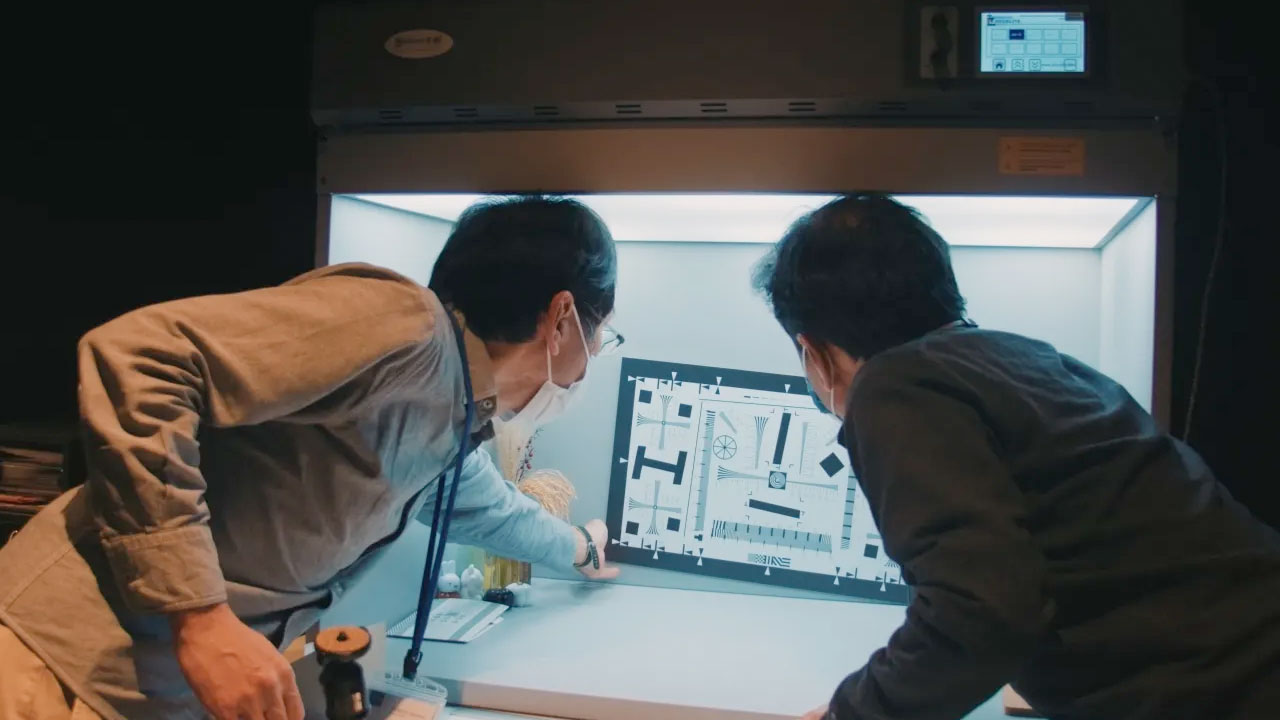vivo always presents a series of the best flagship smartphones in its class with a technology innovation strategy that is oriented to consumer needs. Mobile imaging technologies such as ultra wide-angle cameras, telephoto cameras, and TOF (Time-of-Flight) 3D Sensing Technology are important foundations offered by Vivo.
This factor further strengthens vivo’s research and development efforts and strategies in the global arena. Not long ago, vivo inaugurated an R&D Center in Tokyo, Japan headed by Masazumi, Chief Expert of vivo Tokyo R&D Center, along with the entire professional team in Japan.
“Every step of innovation that we take at vivo is always focused on what consumers globally need. The presence of the vivo Tokyo R&D Center is a manifestation of Vivo’s commitment,” said Edy Kusuma, Senior Brand Director of PT Vivo Mobile Indonesia.

Edy added that the commitment is aimed at continuously creating new breakthroughs in the field of imaging technology and presenting innovative products for consumers. The establishment of the vivo Tokyo R&D Center is a manifestation of vivo’s global R&D strategy.
In 2017, vivo proposed that its technological research no longer focus on just one aspect but also on smartphone innovation as a whole. To achieve this goal, Vivo has 10 R&D centers spread across Shenzhen, Dongguan, Nanjing, Beijing, Shanghai, Hangzhou, Xi’an, Taipei, San Diego, and Tokyo.
The 10 R&D centers are dedicated to the development and service of cutting-edge technology, including 5G, artificial intelligence (AI), industrial design, imaging systems, and a series of other new technologies that Vivo is always rolling into the hands of consumers.
In 2019, vivo officially established the vivo Tokyo R&D Center, which will serve as a pre-research and technology development facility that will be implemented in the next two years. Through an integrated strategy in various countries with varied research focuses, this R&D also contributes to produce new discoveries in imaging technology.
“Japan has a history of more than 100 years in the development of mobile imaging technology and has undergone major transitions from film, digital imaging, lenses, to sensor devices,” said Masazumi, Chief Expert of Vivo Tokyo R&D Center.

Masazumi added that vivo believes that smartphone camera technology can be developed with a solid and mature foundation in the imaging industry, and the presence of an R&D center in Tokyo, will further accelerate our research and technology development efforts.
Mr. Masazumi said that Vivo’s research efforts in mobile imaging had also encountered various challenges during its journey, especially since Japan and China each had different hardware specification standards.
“We recommend utilizing local resources specifically for research and development efforts in vivo mobile imaging technology. With so many suppliers, manufacturers, partners and universities that have collaborated very well, we can take advantage of quality local resources,” added Masazumi.
Currently the vivo Tokyo R&D Center has grown much more rapidly, after moving from Shimbashi to Gochome – Chuo-ku in central Tokyo. The focus is gradually starting from mobile phone imaging to more specific focus areas, namely car cameras, sports cameras, and industrial cameras.
Orientation to consumer needs has become the company’s culture and a key principle in research and development at vivo. From gimbal cameras to the V1 Imaging Chip, all of these technological innovations are based on Vivo’s insights and understand all aspects of today’s smartphone consumer needs.
In order to always provide the latest information regarding the needs desired by consumers, the vivo Tokyo R&D Center team together with the global vivo head office consistently share insights and discuss the latest data and technology trends in the industry.
In the midst of the challenges of the pandemic, the two teams also adapted to virtual communication. Masazumi said online meetings provide a lot of convenience. “Our product team in China analyzes a lot of research on future trends especially for mobile imaging based on user feedback.
Masazumi continued, with higher expectations of HD Imaging and limited space in smartphones for camera modules, future mobile imaging hardware developments will be made more integrated and “smaller”, with sensors that are more sensitive and faster than current camera lenses.












